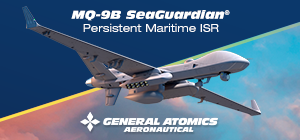
The U.S. Army's decision to award Honeywell a $103 million contract for the Next-Generation APN-209 Radar Altimeter system represents a significant upgrade to their aviation capabilities, with several key benefits for military operations.
The Next-Gen APN-209 system offers higher reliability and improved environmental performance, allowing Army aircraft to operate more effectively in challenging weather conditions. This enhancement is crucial for maintaining operational readiness and ensuring mission success across various terrains and climates. By providing more accurate altitude measurements, the new radar altimeter system enhances the safety of Army aviation operations. This is particularly important for low altitude flying, landing in difficult terrain, and other precision manoeuvres that are common in military missions.
The system's advanced common-core architecture addresses risks associated with supply chain disruptions and component obsolescence. This feature is vital for the Army's long-term operational planning and sustainability. The new architecture also improves long-term repair support, which is essential for maintaining a high level of operational readiness and reducing aircraft downtime.
The Next Gen APN-209 offers flexible integration options, available either with an integrated altitude indicator or as a standalone transceiver. This versatility allows the Army to efficiently upgrade various aircraft types in its fleet, ensuring compatibility across different platforms. By replacing the legacy APN-209 system, which has been in use since 1975, the Army is modernizing its aviation technology. This upgrade aligns with broader efforts to maintain technological superiority in military operations and keep pace with evolving threats and mission requirements.








.png)
